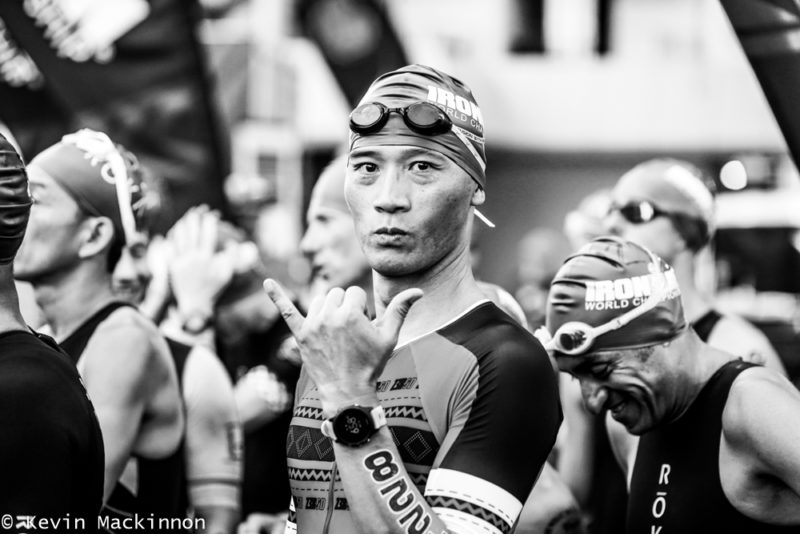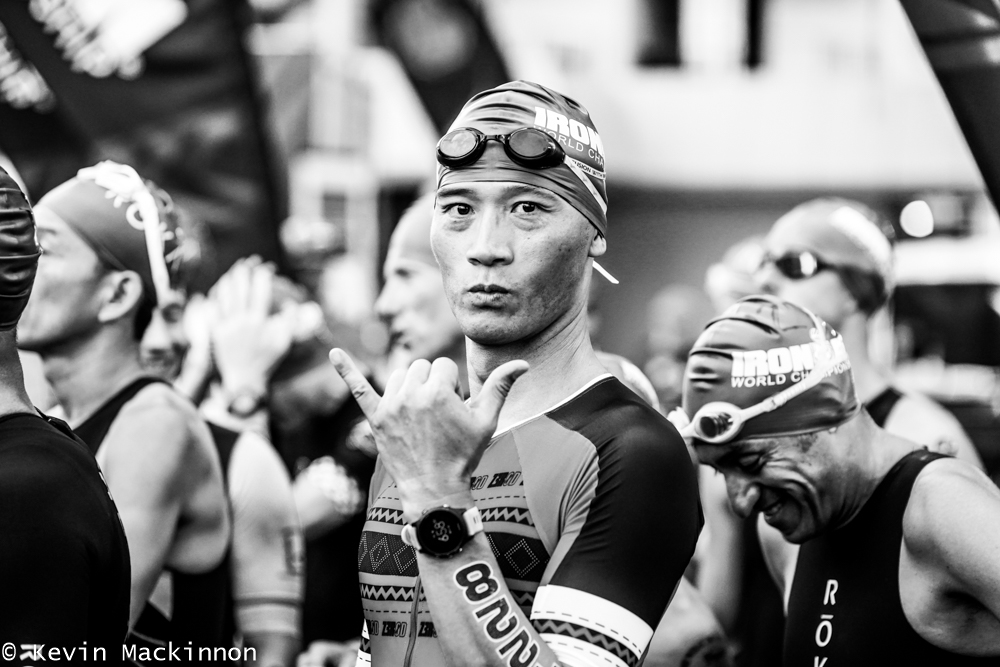The Kona conundrum – How will athletes qualify for the Ironman World Championship?
Will the world be ready to return to sports this fall?

Will the Ironman World Championship take place in October? If it does, how will athletes qualify for the sport’s most sought after entry?

First things first: I hope that we can all agree that, in the grand scheme of things, how quickly we all get to return to training and racing is hardly the most important thing that governments and officials need to be worrying about right now. Getting through the Coronavirus COVID-19 pandemic with the loss of as few lives is everyone’s first priority. If losing a race season is the worst thing you have to deal with this season, you are in pretty good shape.
Which is why I felt like a heel when I reached out to the media folks at Ironman a little over a week ago to ask if there had been any thoughts on how qualifying might happen for Kona this year. I already knew what the answer would be – in a world where situations are changing hour by hour, its hard to know what things will look like in a week, let alone six or seven months.
I’m not the only one who’s been wondering, though, and trying to visualize some Kona qualifying options. TriRating.com‘s Thorsten Radde, possibly the sport’s premier statistician when it comes to the pros, outlined some of his thoughts in a post on his site.
Radde, quite correctly, figures that coming up with a scenario for the pros in Kona won’t be hard, even if there wasn’t time to hold any qualifying races before Kona this year. There are already roughly 40 pros who have qualified for next year’s race and it wouldn’t be hard to fill up the rest of the field based on last year’s results or year-end standings
Coach Russell Cox took a deeper dive into the world of age group racing on his website.
Based on his review of the qualifying races, he figures about 820 of the expected 2,400 athletes who are supposed to start at the Ironman World Championship on October 10 have already qualified at events that took place between August 25 2019 (Ironman Vichy) and March 7, 2020 (Ironman New Zealand). That would leave about 1,200 slots to be handed out before the final 2020 qualifying event for Kona, Ironman Mont-Tremblant on August 23.
In his review of the qualifying conundrum, Radde came up with three scenarios – the one outlined above where there are no qualifying races. Then he envisioned a scenario that he called “almost normal,” which anticipated a world in which athletes could start to train in mid-April and racing resumed in June. That scenario is obviously not going to be this week’s reality as events around the world have been cancelled or postponed through June.
His third scenario involved a “condensed” qualifying period of races in August serving as a way to get into Kona.
All that would be relatively easy when it comes to figuring out roughly 60 pro spots. But what do you do when you’re trying to come up with a fair way to qualify 1,200+ age group athletes?
Before Monday’s announcement postponing all the European events in June, there were about 250 Ironman age group qualifying slots that had been moved to dates that were out of the regular Kona qualifying period, Cox had worked out, “with 150 moving to dates after Kona.” Based on the latest slew of postponements, we’re not sure when about 500 slots will be moved to on the calendar.
If racing did start in July, the existing qualifiers would get about 440 people a spot on the line in Kona. Add that number to the 820 who have already qualified, and you have 1,260 qualifiers. Rumour has it that Ironman Legacy athletes – those who have completed at least 12 Ironman races, but have never raced on the Big Island, and are eligible to apply for a Kona spot – are being encouraged to put their names in the hat for this year, which would fill up a number of other spots.
So, assuming that the world is ready for us to start travelling and competing in races in that time frame, do they run the Ironman World Championship with that crew in 2020? Can the race accommodate the additional 500 or so qualifiers in 2021? Do they reduce the number of qualifiers at 2021 qualifying races so the field isn’t too big in 2021?
What happens if Ironman is forced to cancel the 2020 race? One would imagine they would have to accommodate the 820 qualifiers for 2020 in the 2021 event. Do they just try to run the race with over 3,000 athletes, or do they reduce the number of qualifiers at other 2021 qualifying races?
Yeah, my head hurts, too. I can’t even begin to imagine what it’s like for the folks who actually have to make this call.
In a call with Radde earlier today he floated another option – hosting two Ironman World Championship races in 2021. One if February for all the 2020 qualifiers and another in the regular October time slot. Interestingly enough, it wouldn’t be the first time the Ironman World Championship has been held twice in the same year – in 1982 there were two races held when the event moved from Oahu to the Big Island.
With the constantly changing environment we’re all living in right now, the real answer will likely be none of the various options I’ve thrown out here. All of which is just fine. First things first – let’s get through this pandemic as best we can and save as many lives as possible. Then we can worry about racing – in Kona and everywhere else.
